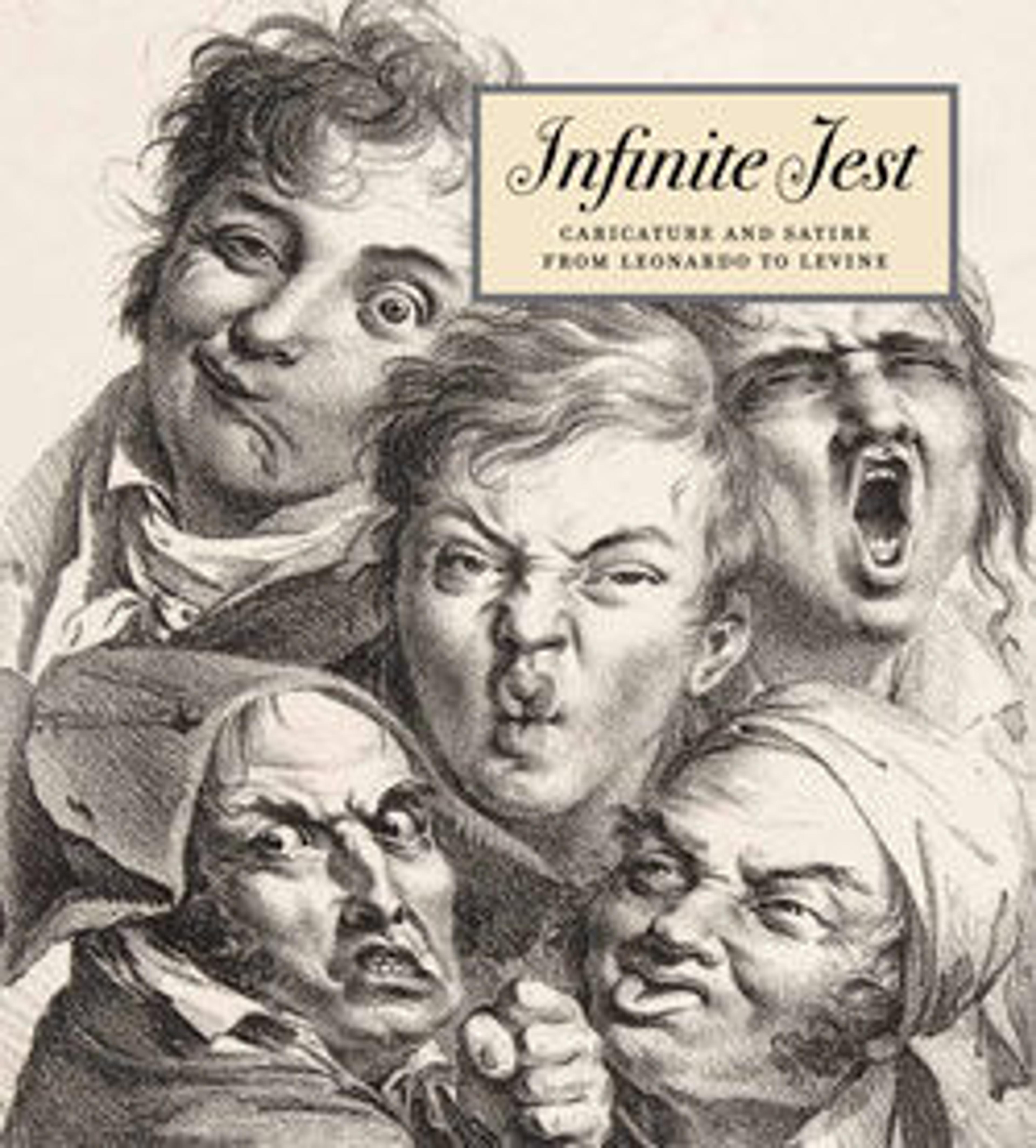Le Cauchemar (The Nightmare), published in "La Caricature"
The marquis de Lafayette, famous for his participation in the American Revolution, had aspired to head the French government during the days of the July Revoution of 1830. He eventually agreed to give up his republican aspirations and support Louis-Philippe as king. An iconic moment of reconciliation came when he and Louis embraced before a crowd on the balcony of the Hôtel de Ville in Paris. By the end of 1832, however, the liberal Lafayette and much of the country had come to regret their support of the increasingly conservative monarch. Daumier depicts the marquis tormented by his support of the king, who is embodied by the pear weighing down on his chest. He holds a sheet of paper inscribed "Programme de l'hotel de ville" as he lies in front of an image of the famous embrace. Daumier derived the composition - Lafayette lying on a couch with his arm draped over the side and the tormentor of his dream sitting on his stomach -- from Henry Fuseli's famous painting The Nightmare (1781; Detroit Institute of Arts). The print is signed with the artist's pseudonym, "Rogelin."
Artwork Details
- Title: Le Cauchemar (The Nightmare), published in "La Caricature"
- Artist: Honoré Daumier (French, Marseilles 1808–1879 Valmondois)
- Sitter: Marquis de Lafayette (French, 1757–1834)
- Sitter: Louis Philippe, King of France (French, Paris 1773–1850 Claremont, Surrey)
- Printer: Delaporte (French, 19th century)
- Publisher: Aubert et Cie
- Date: February 23, 1832
- Medium: Lithograph
- Dimensions: Sheet: 10 11/16 × 14 3/16 in. (27.2 × 36 cm)
Image: 9 3/16 × 11 9/16 in. (23.3 × 29.4 cm) - Classification: Prints
- Credit Line: Bequest of Edwin De T. Bechtel, 1957
- Object Number: 57.650.35
- Curatorial Department: Drawings and Prints
More Artwork
Research Resources
The Met provides unparalleled resources for research and welcomes an international community of students and scholars. The Met's Open Access API is where creators and researchers can connect to the The Met collection. Open Access data and public domain images are available for unrestricted commercial and noncommercial use without permission or fee.
To request images under copyright and other restrictions, please use this Image Request form.
Feedback
We continue to research and examine historical and cultural context for objects in The Met collection. If you have comments or questions about this object record, please contact us using the form below. The Museum looks forward to receiving your comments.
